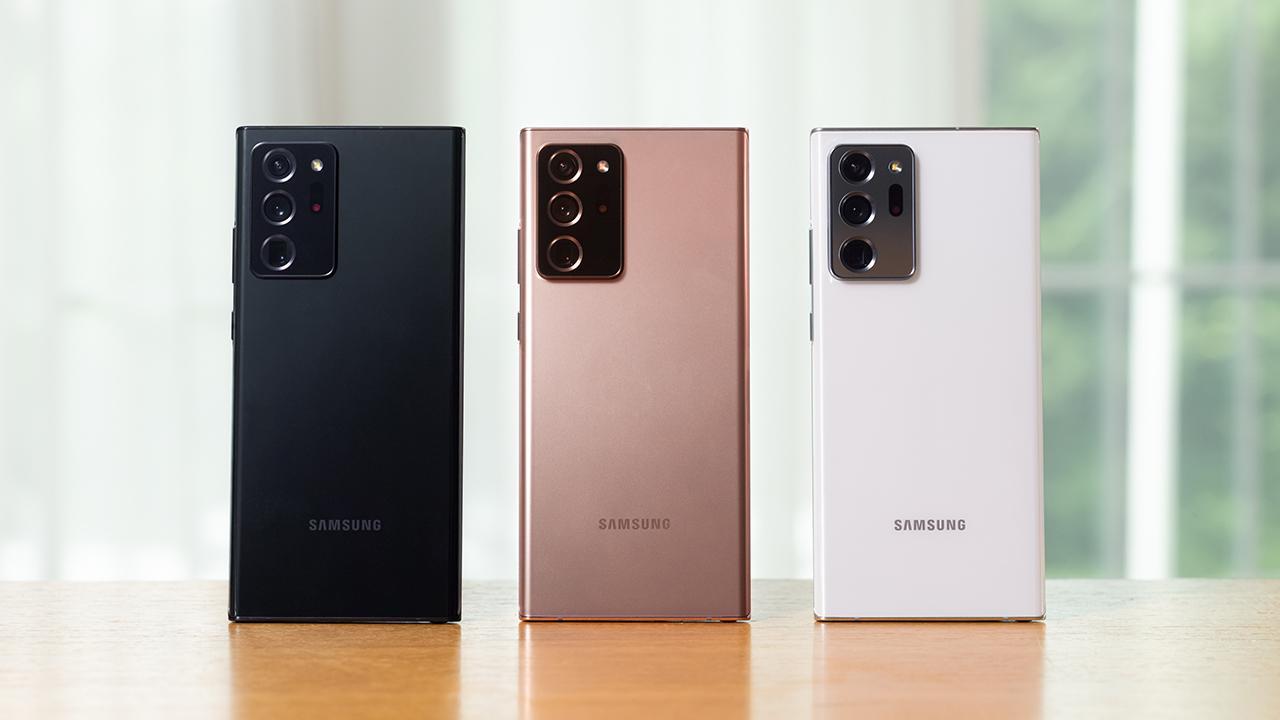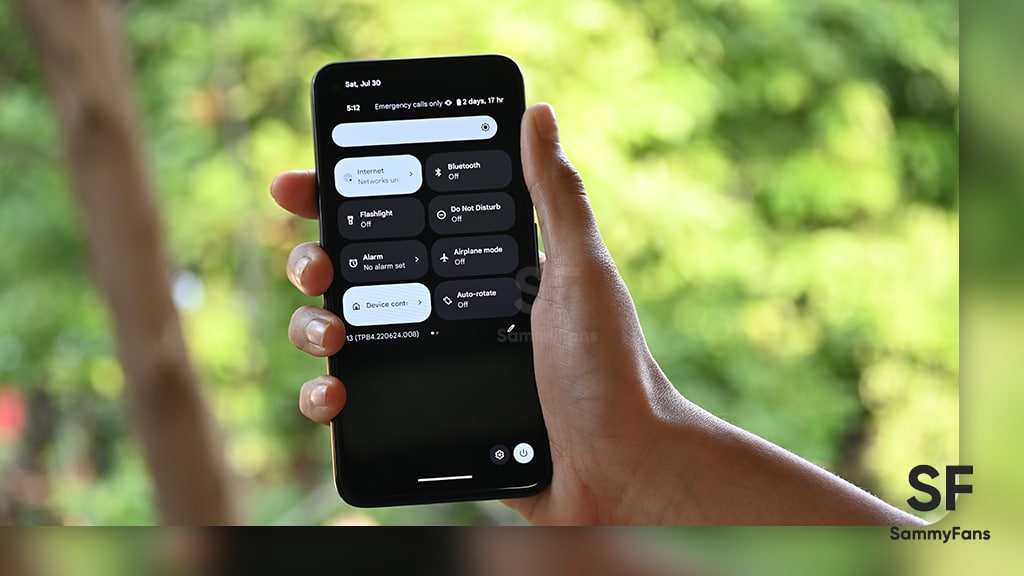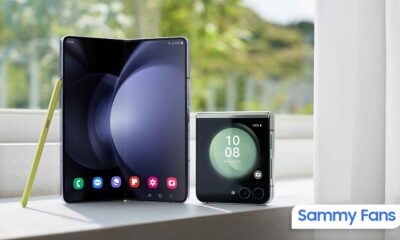
These Galaxy Note, S, and A-series devices will get 3 major Android OS updates, check the full list
[First published on September 21, 2020]
At the Galaxy 2020 Unpacked event, Samsung announced that it will be providing at least three major Android OS updates to its flagship smartphones. The new software update policy starts with the newly launched three flagship smartphones — the Galaxy Note 20, Galaxy Note 20 Ultra, and Galaxy Z Fold 2. This is applicable to the device launched with Android 9 or later.
Now, Samsung has confirmed the full list of devices that will get 3 major Android updates in their lifetimes. In an official post, Samsung confirmed a total of 38 devices will be getting 3 major Android OS updates. Previously, the company had only confirmed Galaxy S and Galaxy Note devices, but the full list is here officially.
READ MORE: Here’s the list of eligible Samsung devices that will get the One UI 3.0/Android 11
Samsung’s latest phones, the Galaxy Note 20 and Galaxy S20 series will get updated to Android 13. While the Galaxy S10 and Galaxy Note 10 series, which will get updated to Android 12.
JOIN OUR SAMSUNG CHANNEL ON TELEGRAM
You can check the list of eligible Galaxy devices for the new software update policy. These devices are eligible for the 3 years of Android OS upgrade:
SAMSUNG GALAXY S SERIES:
- Galaxy S20 Ultra 5G
- Galaxy S20 Ultra
- Galaxy S20+ 5G
- Galaxy S20+
- Galaxy S20 5G
- Galaxy S20
- Galaxy S20 FE [NEW]
- Galaxy S20 FE 5G [NEW]
- Galaxy S10 5G
- Galaxy S10+
- Galaxy S10
- Galaxy S10e
- Galaxy S10 Lite and upcoming S series devices
SAMSUNG GALAXY NOTE SERIES:
- Galaxy Note 20 Ultra 5G
- Galaxy Note 20 Ultra
- Galaxy Note 20 5G
- Galaxy Note 20
- Galaxy Note 10+ 5G
- Galaxy Note 10+
- Galaxy Note 10 5G
- Galaxy Note 10
- Galaxy Note 10 Lite and upcoming Note series devices
SAMSUNG GALAXY FOLDABLE DEVICES:
- Galaxy Z Fold 2 5G
- Galaxy Z Fold 2
- Galaxy Z Flip 5G
- Galaxy Z Flip
- Galaxy Fold 5G
- Galaxy Fold
- Fold and upcoming Z series devices
SAMSUNG GALAXY A SERIES:
- Galaxy A71 5G
- Galaxy A71
- Galaxy A51 5G
- Galaxy A51
- Galaxy A90 5G and select upcoming A-series devices
SAMSUNG GALAXY TABLETS:
- Galaxy Tab Active 3 – [New]
- Galaxy Tab S7+ 5G
- Galaxy Tab S7+
- Galaxy Tab S7 5G
- Galaxy Tab S7
- Galaxy Tab S6 5G
- Galaxy Tab S6
- Galaxy Tab S6 Lite and upcoming Tab S series devices
This is fantastic news and something everyone wanted the company to do. For the longest time, most Samsung Galaxy flagship devices get two major OS updates and two years of regular monthly security patches, and quarterly patches in the third year.

Android
Google unveils Android 16 Developer Preview with exciting features

Google has kicked off the Developer Preview for Android 16, arriving earlier than expected. Usually, these previews begin in February, but Android 16 DP1 is launching three months ahead of schedule this year.
The earlier release of the DP1 is because Google has moved the official Android 16 release from the third quarter to the second quarter of 2025. It aims to ensure that more devices get access to the major Android updates sooner.
Android 16 DP1 is available for several Pixel devices, including the pixel 6, Pixel 6 Pro, Pixel 6a, Pixel 7, Pixel 7 Pro, Pixel 7a, Pixel Tablet, Pixel Fold, Pixel 8, Pixel 8 Pro, Pixel 8a, Pixel 9, Pixel 9 Pro, Pixel 9 Pro XL, and Pixel Pro Fold, as well as the Android Emulator. It can be identified through version BP21.241018.009.
![]()
The Android 16 Developer Preview brings new features for app developers. It brings a system photo picker that will help apps give users a smoother, more integrated way to select photos without needing extra permissions.
Another new feature is Health Connect, which lets apps access and manage medical records in FHIR format, but only with user permission. The update also includes the latest version of the Privacy Sandbox for privacy protection.
This preview program runs from November 2024 until the final public release next year. Android 16 Beta Program will begin in January, with the final stable release expected in Q2 of 2025. Stay tuned for more updates.
Android 16 to make Quick Settings access easier with one-finger swipe
Android
Google’s Android 15 QPR2 Beta 1 update is now available

Google has released the first beta of Android 15 QPR2 for Pixel users. The update can be identified via build version BP11.241025.006. However, users are also waiting for the stable release of Android 15 QPR1 in December this year.
Android 15 QPR2 Beta 1 update comes with the November 2024 security patch. It is available for a wide range of Pixel devices, including Pixel 6, Pixel 6 Pro, Pixel 6a, Pixel 7, Pixel 7 Pro, Pixel 7a, Pixel Tablet, Pixel Fold, Pixel 8, Pixel 8 Pro, Pixel 8a, Pixel 9, Pixel 9 Pro, Pixel 9 Pro XL, and Pixel 9 Pro Fold, as well as the Android Emulator.
Quarterly Platform Releases are updates that bring more noticeable changes and new features compared to the usual monthly bug fixes. These updates are perfect for testing out bigger UI changes or new features that don’t need to wait for a full Android version release.
![]()
The QPR2 Beta 1 is the second major update for Android 15, with the final version expected to launch in March 2025 (via 9to5Google). This update brings the usual bug fixes, security enhancements, and new features to test.
Users participating in the beta program are advised to report any issues via the Android Beta Feedback app, easily accessible through the app drawer or Quick Settings. Install the update now to get an enhanced experience.
Android 16 to make Quick Settings access easier with one-finger swipe
Android
Android 16 to make Quick Settings access easier with one-finger swipe

Google is reportedly going to bring an interesting change with Android 16, which will no longer require two fingers to pull down the Quick Settings panel. Previously, there were concerns that users would need to swipe down with two fingers to bring up the Quick Settings. Fortunately, Google has decided to simplify this process.
With Android 16, accessing the Quick Settings will only require a single-finger swipe down on the right half of the status bar. The one-finger swipe access aligns it more closely similar to other Android manufacturers, like OnePlus and Samsung, have designed their systems.
Several users didn’t like the idea of needing two fingers to swipe down, as it felt more awkward and less convenient. By switching to a single-finger swipe for Android 16, Google will make it easier for users to manage their settings with less effort. A well-known tipster Mishaal Rahman (via Android Authority) spotted the code for this Quick Settings change.

However, the new design still lacks the ability to swipe seamlessly between the notifications and Quick Settings panels. Hopefully, Google will add this feature before the official release.
In addition to the swipe change, Android 16 will introduce resizable Quick Settings tiles and better categorization to help users find specific settings more easily.
However, these features are still being worked on and may not be fully ready in the current beta. They are expected to roll out in the final Android 16 release, which is expected in mid-2025.












